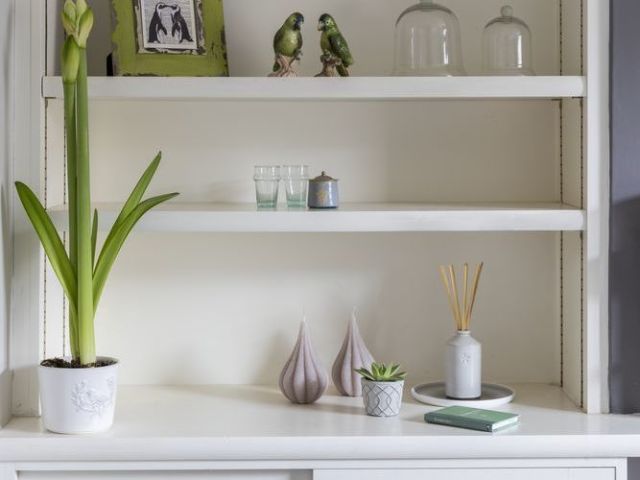In an era where environmental consciousness is paramount, sustainable interior design has gained immense popularity. More and more homeowners are recognizing the importance of creating living spaces that are not only aesthetically pleasing but also environmentally responsible. Sustainable interior design is the answer to this growing need. In this article, we’ll explore eco-friendly tips for a greener home, helping you make mindful choices when it comes to designing your living space.
The Essence of Sustainable Interior Design
Sustainable interior design is a holistic approach that integrates eco-friendly principles into every aspect of designing and decorating your home. It prioritizes the use of sustainable materials, energy-efficient technologies, and ethical practices to create living spaces that reduce environmental impact. Here are some essential tips to embark on your sustainable interior design journey:
1. Choose Sustainable Materials
The foundation of sustainable interior design lies in the materials you use. Opt for materials that are eco-friendly, renewable, and have a lower environmental footprint. Consider reclaimed wood, bamboo, cork, or recycled metal for furniture and flooring. These materials not only look beautiful but also reduce the demand for new resources.
2. Energy-Efficient Lighting
One of the easiest ways to make your home more sustainable is by switching to energy-efficient lighting. Replace traditional incandescent bulbs with LED or CFL options. These not only last longer but also consume significantly less energy, reducing your electricity bills and carbon footprint.
3. Eco-Friendly Paints and Finishes
Traditional paints can emit harmful volatile organic compounds (VOCs) into your indoor air, contributing to air pollution. Opt for eco-friendly paints and finishes that are low in VOCs. These paints not only improve indoor air quality but also come in a wide range of colors and finishes.
4. Furniture Choices
When selecting furniture, look for pieces made from sustainable materials and consider investing in vintage or second-hand furniture. This not only reduces waste but also adds character to your space. Additionally, choose furniture that is built to last, reducing the need for frequent replacements.
5. Efficient Insulation
Proper insulation is crucial for maintaining a comfortable indoor temperature without overloading your heating or cooling systems. Well-insulated homes require less energy to regulate the temperature, which is both cost-effective and environmentally friendly.

6. Indoor Plants
Bringing a touch of nature indoors is not only visually pleasing but also beneficial for your home’s air quality. Indoor plants act as natural air purifiers, removing toxins and providing oxygen. Choose low-maintenance, air-purifying plants like snake plants or peace lilies to enhance your interior.
7. Reduce, Reuse, Recycle
The mantra of sustainability—reduce, reuse, and recycle—applies to interior design as well. Reduce waste by carefully planning your design choices, reuse materials when possible, and recycle old furniture or decor items.
8. Sustainable Fabrics
Consider eco-friendly fabrics like organic cotton, hemp, or bamboo for upholstery and curtains. These fabrics are not only durable but also produced with minimal environmental impact.
Conclusion
Sustainable interior design is not just a trend; it’s a responsible way of creating living spaces that align with our commitment to protecting the planet. By implementing these eco-friendly tips, you can transform your home into a greener, more sustainable haven. Remember, every small step counts towards a more environmentally conscious future. If you found this article interesting, it is very likely you will enjoy further reading at http://www.sanmateoca.org/.



